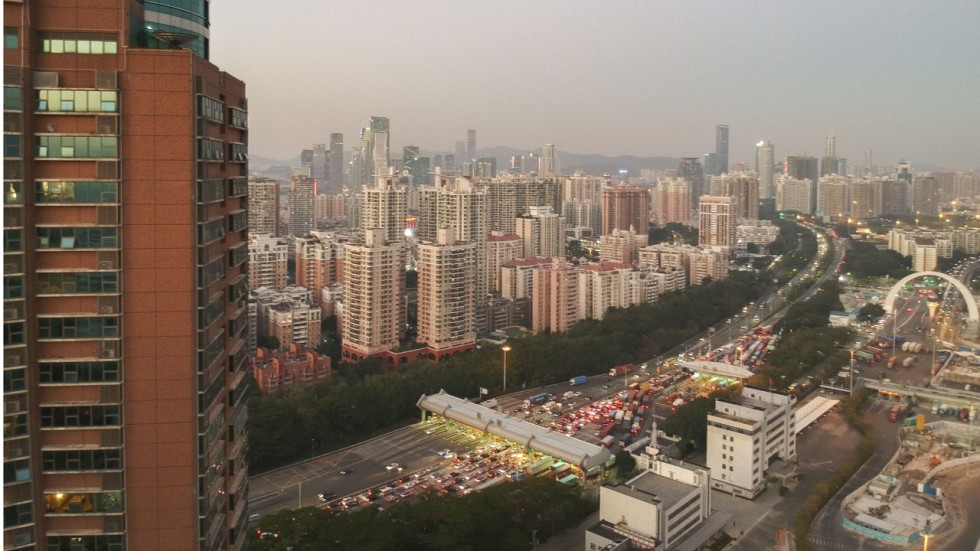Lol, it's your big mistake of pulling a random dV number of 293 m/s. The median dV number for NEAs is 7000 m/s. The example I used has dV of 4300 m/s.
Ok, so a few thing about delta V requirements:
So, 7000 m/sec is NOT Near Earth Asteroid, this is more than the transfer orbit to the main asteroid belt between the Mars / Jupiter.
Jupiter transfer orbit is 6.3 km/sec, so this "average" is enough to the Jupiter Trojans.
So, you made the next errors:
3. I don't know where you get the 7000 m/sec average NEA, but it is bad. Check the wiki.
4. The 4300 m/sec is NOT the delta V required to bring the asteroid back to moon-earth L4/5 points, but to reach the asteroid from the low earth orbit. Means the "cheapest" NEAs require less than 500 m/sec (the Lagrange 4/5 is a bit tricky to calculate, but as I remember the delta V actualy smaller than the earth escape velocity-delta v to reach the asteroid)
The way you first explained it, is like a whole tank of 1kg of Xenon is accelerated to 30km.
in small portions, but finally you accelerate the whole tank to 30km/sec.
The energy ( in MJ) to accelerate is divided by time gives the required power of electrical source.
The thrust does matter. The main problem with ion drive is its very small thrust. That's why the Deep Space 1 took so long (9 months) to rendezvous with the 9969 Braille asteroid (one way). It makes no sense to take 18 months to bring back a certain amount of processed product back to earth, mining from the asteroid when you can do the same mining from the moon with the same fuel cost (think about the 20000 kg of Xenon required in the case of asteroid mining) and probably much less equipment cost at a much shorter time frame of weeks.
The rocket equitation doesn't need the trust, but it can be calculated with the help of it.
5. mistake: it is NOT 20 000 kg of xenon, that required to bring back something from the main asteroid belts to the earth-moon Lagrange 4/5 point.
To bring back 100 tons it require less than 2 tons ( good case one ton) of xenon.
To bring back 1 kg of material from the Moon you need to send 1 kg of fuel to the moon surface.From the surface of the earth is actually takes at least 15 kg of fuel to launch one kg of material from the surface of moon. I think it is obviously doesn't make sense.
Means it makes more sense to just send the stuff from the earth, even basalt than to mine it from Moon.
Again, rocket equitation.
To launch one kg of empty rocket mass from the moon, with 3500 m/sec exhaust speed you need 1 kg of fuel.
There is no N2/H2 on moon( apart from same faint amount on the poles) .
If they want to use the same 15 kWe reactor to make H2/O2 for rocket fuel on the moon poles then it will take 3(!!!!) years to make enough fuel for the same 100 000 kg of material that can taken back from NEA with 1-2 tons of xenon.
Considering that the cryogenic hydrogen is complicated to handle they want same hypergolic / high boil point fuel, but that require even more complicated equipment to make.
So, sorry , but the Chinese moon program is simply a political entertainment, has no economical value.
Says who? From someone who can't see the bright prospect in the longer term?
2008: 70 000 litre production, 100 $/litre price, market : 7 million $
2011:6000 litre production, 2000 $/liter , market: 12 million $.
There is no real use of He3, apart from neutron detectors, and same marginal medical uses.
If you want to make business I suggest the tritium , that has bigger market.And decay into He3 : D

